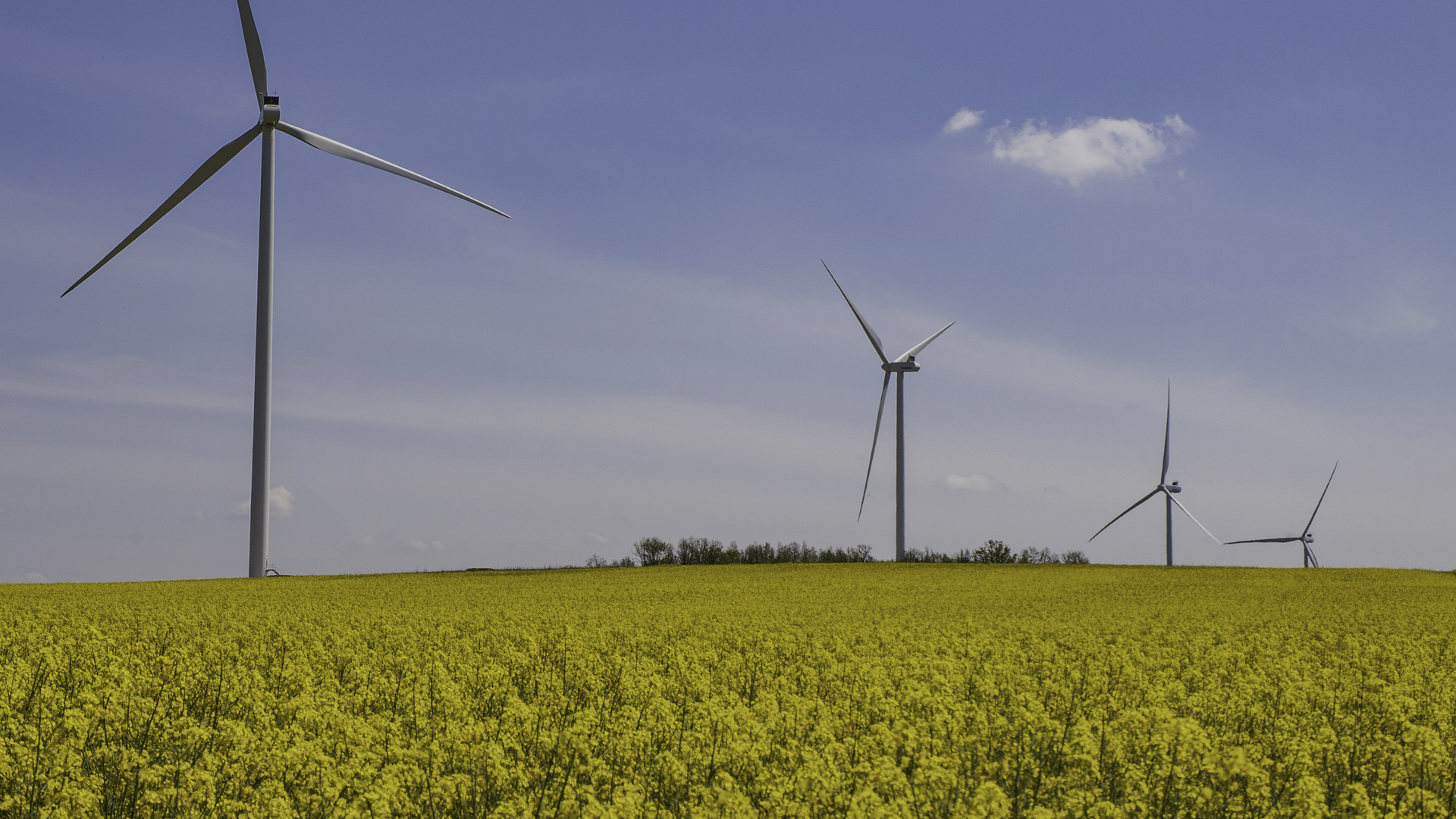12.08.2022 | Consistent grid frequency crucial for grid stability
Why the grid ‘pulse’ is 50 hertz
Fifty hertz – that’s the tempo that keeps the electricity grid running in Switzerland and throughout Europe. Straying too far from this tempo can lead to electricity outages, even blackouts.
On 8 January 2021, Europe came dangerously close to a large-scale electricity outage. The near-miss came after the grid frequency in north-western Europe dropped to well below 50 hertz, following a substation outage in Croatia. To stabilise the grid, large amounts of electricity had to be pumped into Europe’s synchronous grid within a very short time.
On that day, Axpo alone delivered around 300 megawatts of primary balancing power within 11 seconds, a good 7% of north-western Europe’s missing output. The majority of Axpo’s contribution was supplied by the Limmern pumped storage plant.
50 times per second
Europe’s synchronous grid, which incorporates Switzerland, works on alternating current. One of the benefits of this system is that it makes it easy to transform the voltage. The ‘frequency’ in this case refers to the number of times the current changes direction each second. This is measured in hertz, named after German physicist Heinrich Rudolf Hertz. In 1886 he developed and verified the first experiments with electromagnetic waves.
The fact that the grid has a frequency of precisely 50 hertz (i.e. that the current changes direction 50 times a second) is rooted in history rather than technical necessity. In the USA, for instance, they work with 60 hertz.
But once this ‘pulse rate’ is set, every power plant, transmission line, electrical plant and device has to work to the same rhythm.
Power plants set the rhythm
For humans it is the heart that sets the rate of the pulse, for the electricity grid it is the generators in power plants. The speed of the rotors in every generator in the grid is set at exactly 50 hertz.
To keep the frequency stable, and with it the grid, at any given moment the amount of electricity being generated must equal the amount being consumed, because it is not (yet) possible to store electricity in sufficient quantities.
In practice, however, the grid frequency does fluctuate a little. But as long as these deviations are no more than 0.2 hertz above or below target, there’s no cause for alarm.
Larger fluctuations, on the other hand, can see plants automatically dropping out of the grid (frequency protection) to shield them from damage, much as a fuse will short when a household circuit is overloaded. If you have too many plants or cables dropping out of the grid at the same time, and all of a sudden no more electricity is fed into the system, you can soon reach the kind of frantic situation that arose on 8 January 2021, or even a blackout like the one that occurred in 2006 when western Europe was faced with a large-scale electricity outage.
Swissgrid picks up the beat
In Switzerland it is the national grid company Swissgrid that monitors the network and balances out fluctuations to ensure stability in the grid. Here you can see when they have to intervene, and here is where the frequency is right now.
Fluctuations in demand for electricity are, to an extent, predictable. For instance, we need more electricity on cold winter days than in summer. At the same time, rivers carry less water in winter, so hydropower stations produce less electricity, which further exacerbates winter shortages. Local weather conditions also have a major impact on wind and solar power, for instance. This means that accurate weather forecasts are essential. Over each 24-hour period, on the other hand, electricity use tends to follow typical consumption, which is readily factored in. All these fluctuations are taken into account in electricity generation and in day-to-day trading on electricity exchanges.
For the minor irregularities that occur now and then, the inertia of rotating parts in the major power plants from Portugal to Greece can help keep frequencies stable, at least in the short term – with no need for intervention (current reserves). So if a power plant drops out, the mass of the rotating parts keeps them spinning, initially at least. It’s much like riding a bicycle; once you get the wheels going they will continue to spin even when you stop pedalling for a moment.
Unforeseen fluctuations which change the grid frequency by more than 0.2 hertz call for what is known as balancing energy.
In the initial phase, the turbines in power plants throughout Europe respond locally by increasing or decreasing their output independently (primary balancing energy). After a few minutes this primary balancing energy is replaced by secondary balancing energy. This is all carried out by Swiss power plants, including Axpo’s, which receive an automatic signal from the transmission network operator, Swissgrid. After a quarter of an hour, individual power plants both domestic and international get the signal to feed more or less energy into the grid. This is the third step: tertiary balancing energy.
So what happens in a generator?
Alternating current is generated in power plant generators through electromagnetic induction. The heavyweight turbines in the plants are driven by steam or water, depending on the type of plant, which in turn spins the magnets – the generator rotors wrapped in coils.
The rotating magnetic poles set the electrons in the coils in motion, back and forth, with an excess of electrons at one connector (minus pole) and a shortfall at the other (plus pole). This creates voltage. As soon as the poles of the voltage source are connected to an electrical conductor, it generates a flow of electricity which is ultimately fed into the grid.

